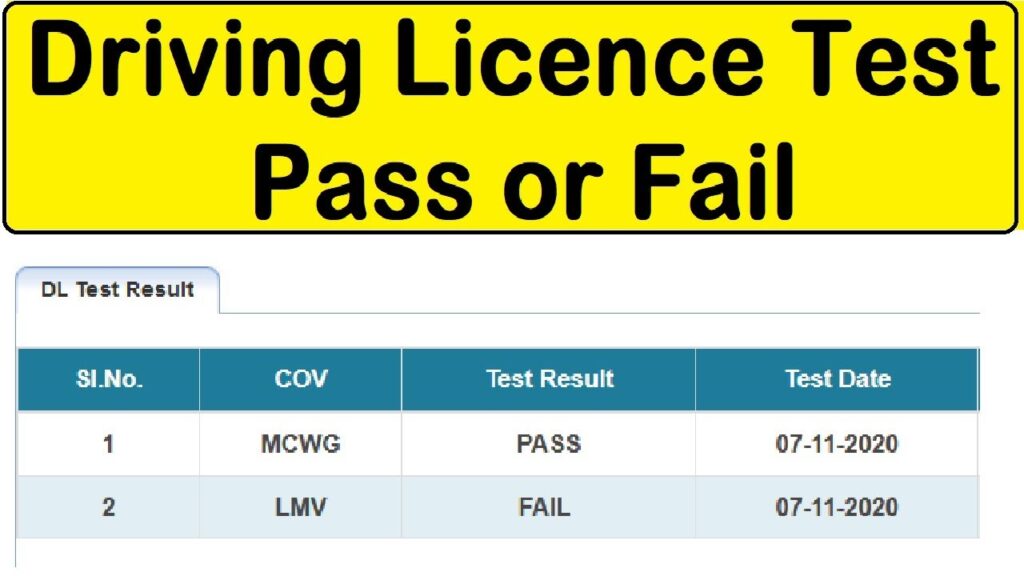Your Drive Test Result, After completing your drive test, whether for a learner’s permit or a full driver’s license, waiting for the results can be both nerve-wracking and exciting. Understanding how drive tests are evaluated and what to expect from your results is essential for managing expectations and preparing for the next steps in your driving journey. In this blog post, we’ll delve into what a drive test result entails and how you can interpret it.
What is a Drive Test Result?
A drive test result is the outcome of your practical driving examination, where a licensed examiner assesses your driving skills and behaviors. The result indicates whether you have met the necessary standards to pass or if further improvement is required before obtaining your driver’s license. Here’s what you should know about the drive test evaluation process:
Evaluation Criteria
The criteria for evaluating a drive test typically include:
- Driving Maneuvers: Ability to perform essential driving maneuvers such as turns, lane changes, parking (parallel or perpendicular), and reversing.
- Traffic Laws: Adherence to traffic signs, signals, right-of-way rules, and speed limits.
- Vehicle Control: Mastery of vehicle controls including steering, braking, acceleration, and gear shifting (if applicable).
- Defensive Driving: Awareness of surroundings, anticipating and responding to potential hazards, and maintaining safe driving practices.
- Communication: Effective use of signals, mirrors, and appropriate communication with other road users.
Types of Drive Tests
- G1/G2 Road Tests: For obtaining a learner’s permit (G1) or advancing to a full license (G2) in Ontario, Canada.
- Full G License Test: The final test for full driving privileges in Ontario, typically known as the G road test.
Interpreting Your Results
When you receive your drive test result, it will typically fall into one of the following categories:
- Pass: You have demonstrated sufficient driving skills and met all criteria required to receive your driver’s license.
- Fail: You did not meet one or more of the criteria required to pass the test. The examiner will provide feedback on areas needing improvement.
Tips for Success
Before the Test
- Practice Regularly: Gain experience driving in various conditions, including highways, urban streets, and residential areas.
- Review the Handbook: Familiarize yourself with traffic laws, signs, and driving techniques outlined in your local driver’s handbook.
- Prepare Your Vehicle: Ensure your vehicle is in good condition with all safety features functioning properly.
During the Test
- Stay Calm: Nervousness can affect your performance. Take deep breaths and focus on driving safely and confidently.
- Follow Instructions: Listen carefully to the examiner’s instructions and ask for clarification if needed.
- Drive Defensively: Anticipate potential hazards, use mirrors and signals appropriately, and adhere to all traffic laws.
After the Test
- Reflect on Feedback: Whether you pass or fail, listen to the examiner’s feedback and use it to improve your driving skills.
- Prepare for Retests: If you didn’t pass, practice the areas identified for improvement before scheduling a retest.
Conclusion
Your drive test result is a critical milestone in your journey toward becoming a licensed driver. By understanding the evaluation criteria, preparing diligently, and maintaining a positive mindset, you can increase your chances of passing the drive test successfully. Remember, each experience, whether a pass or fail, provides an opportunity to learn and grow as a driver. Stay committed to safe driving practices, and best of luck on your driving journey!
you might also like these:
